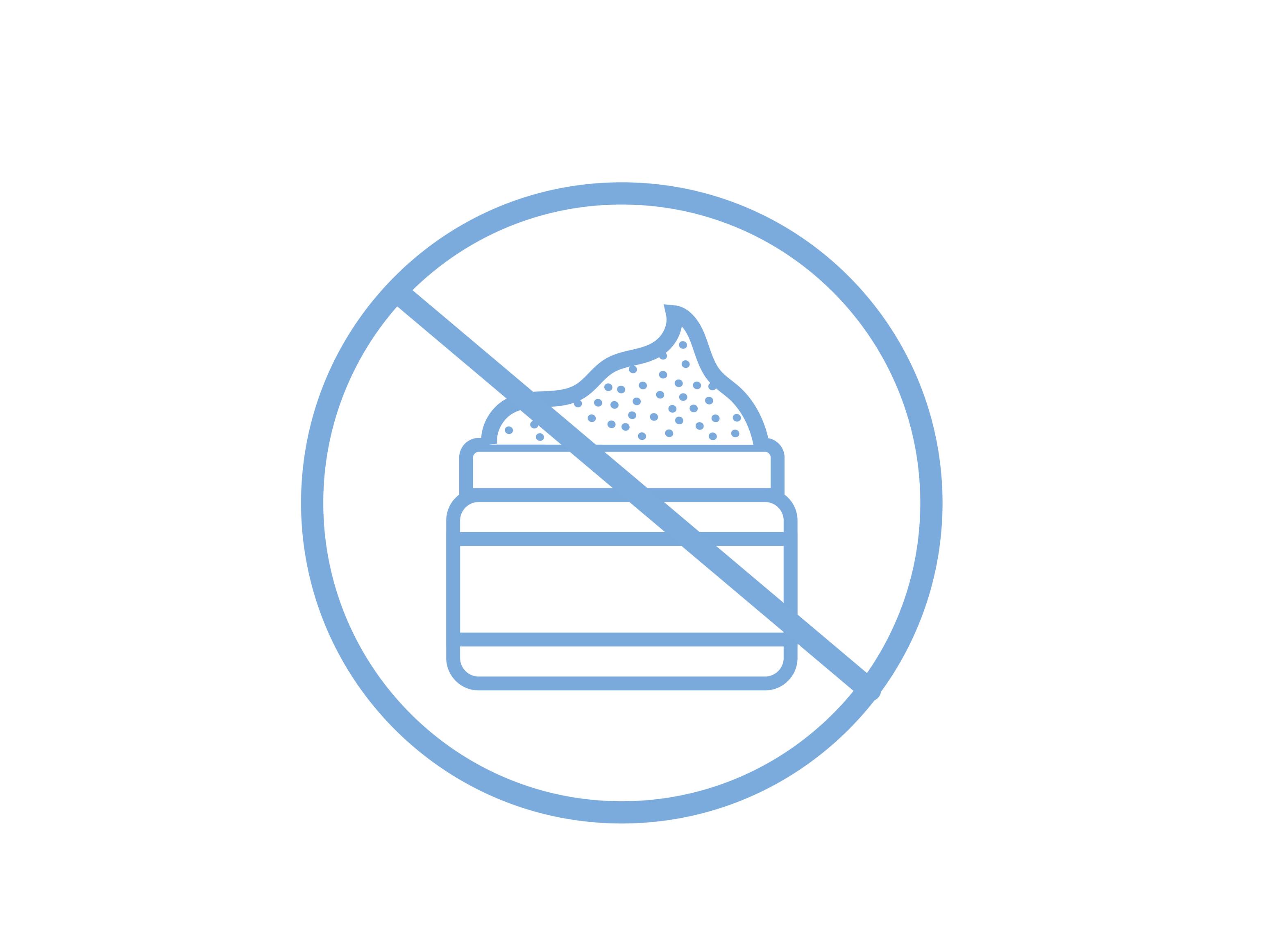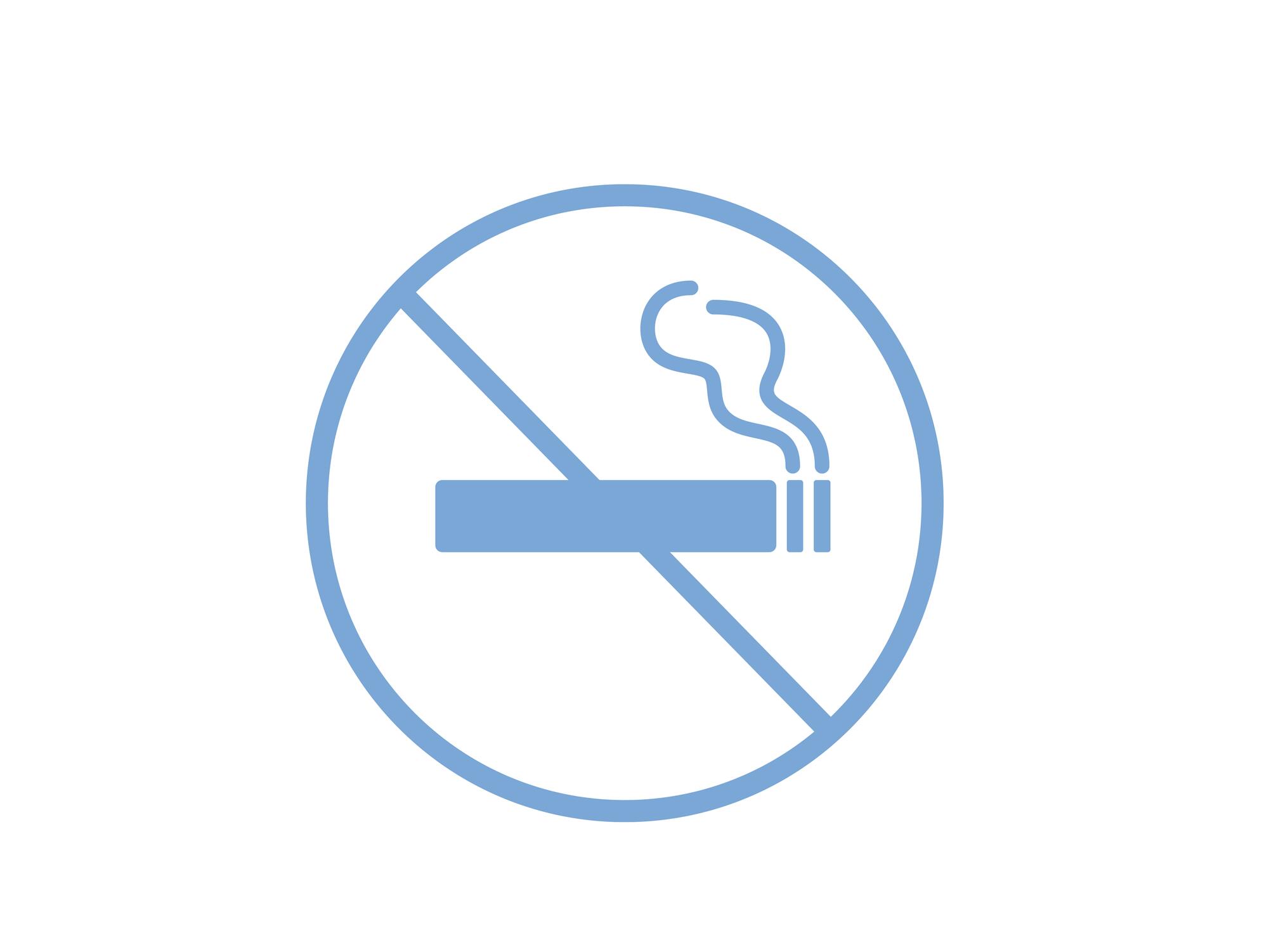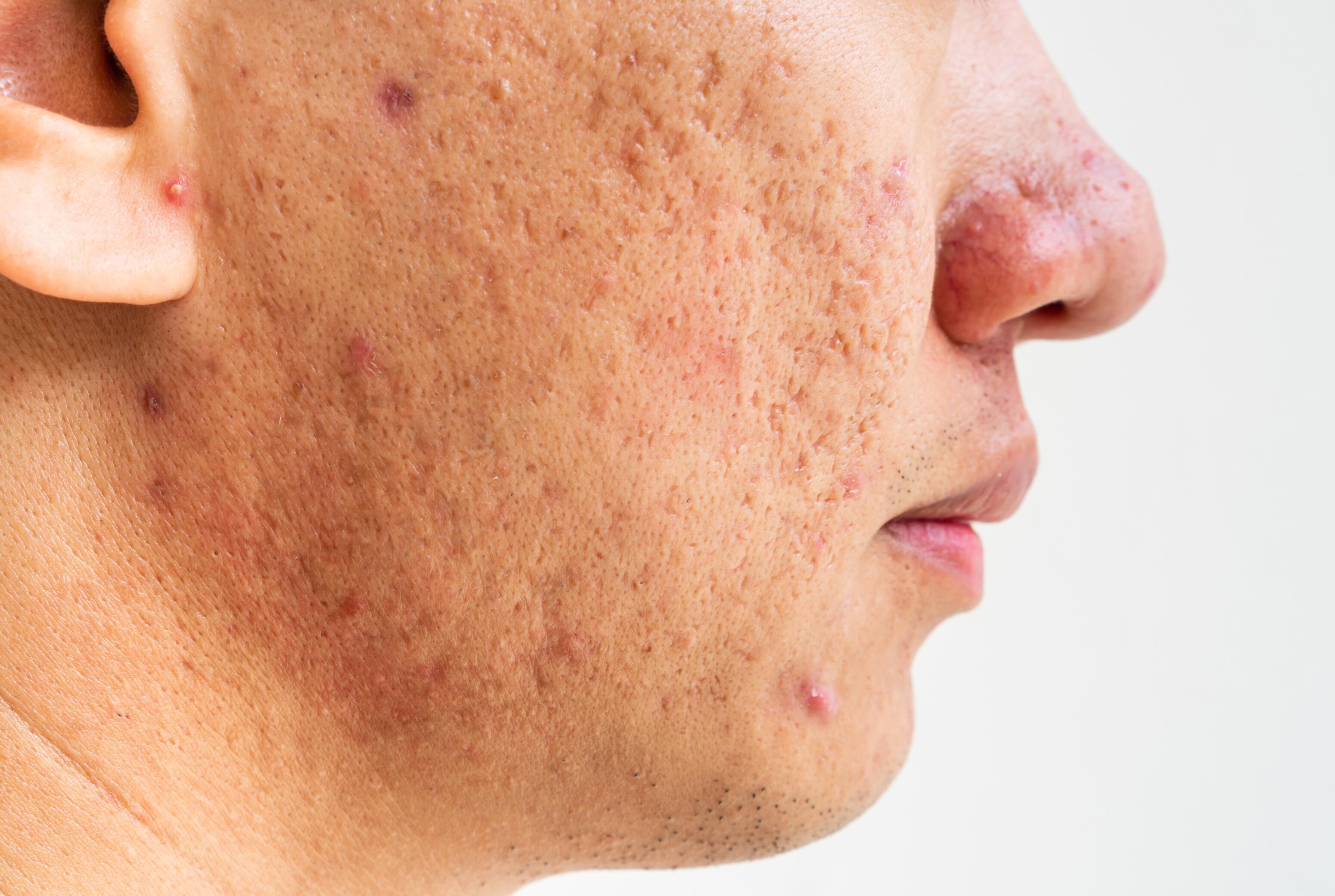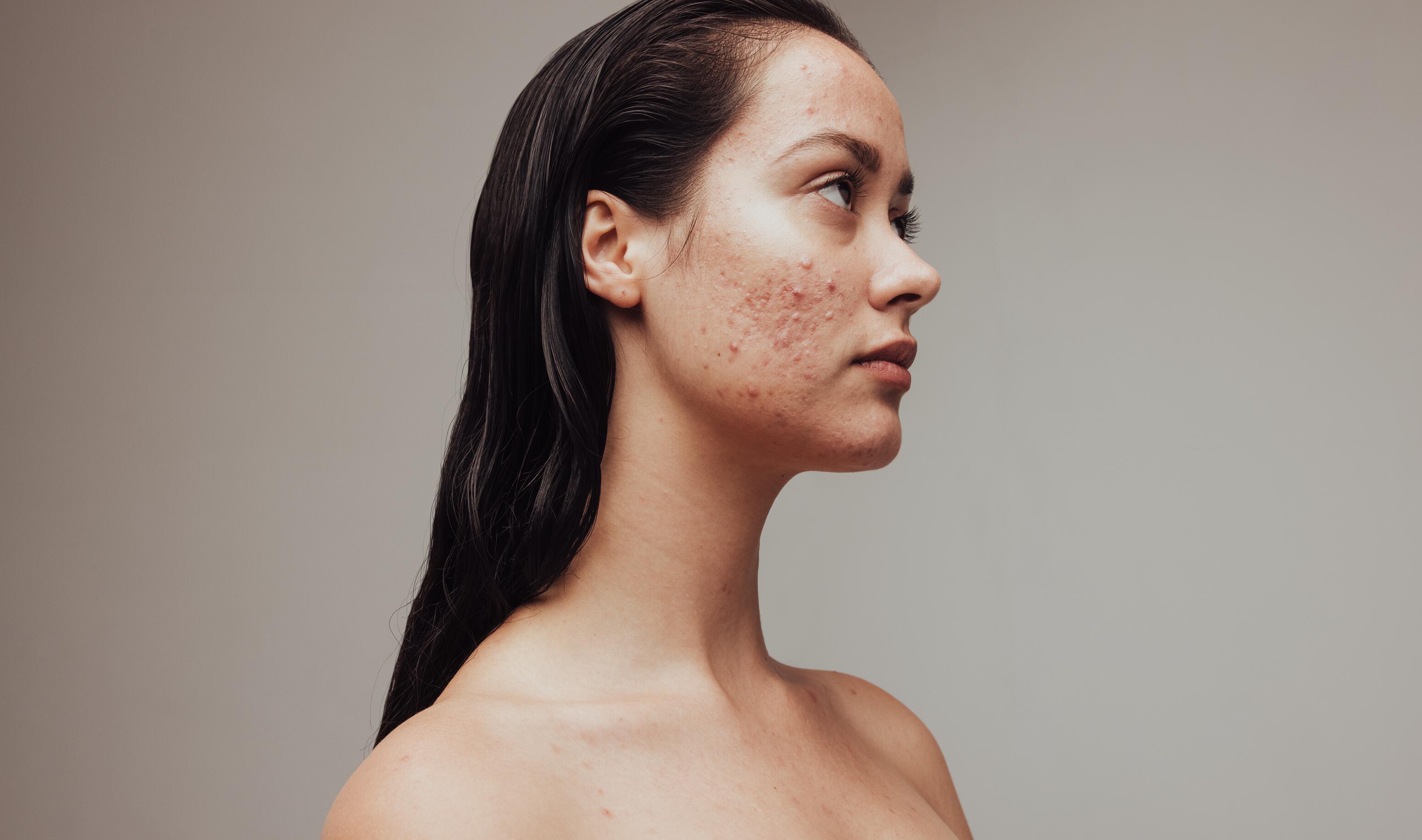Retention Acne: A guide to Effective Care and Solutions

Summary
Introduction¹ ²
In dermatology, acne is defined as a chronic inflammatory disease of the pilosebaceous follicle resulting from multiple factors, including genetic, hormonal, and hygiene-related influences. A pilosebaceous follicle comprises a hair shaft associated with a sebaceous gland, which secretes sebum, an oily substance usually expelled through the skin pores to protect the skin. Acne most commonly begins during puberty, when hormonal changes stimulate increased activity in the sebaceous glands.
In retentional (or comedonal) acne, the sebum drainage channel becomes blocked, often due to excessive, thick sebum and/ or a buildup of dead skin cells, known as keratinocytes. This blockage, called a comedone, encourages proliferation of Cutibacterium acnes, leading to inflammation of the skin around the follicle.
Understanding Retentional Acne and Its Symptoms¹ ²
What Is Retentional Acne?
Comedonal acne is characterized by oily skin, dilated pores, and the presence of open comedones (blackheads) and closed comedones (whiteheads). It is a mild to moderate type of acne in which sebum and keratinocytes accumulate within the pores, forming blackheads or whiteheads, also known as comedones. This form of acne is often driven by various factors such as hormonal fluctuations, genetic predisposition, and environmental influencing sebum production.
Symptoms of Retentional Acne
The main symptoms of retentional acne include:
Oily skin, especially in the T-zone (forehead, nose, chin) and sometimes on the cheeks.
Dilated pores that are easily visible.
Open comedones, commonly known as blackheads, are clogged pores that are open at the skin surface, where oxidized sebum turns dark.
Closed comedones, also known as microcysts (whiteheads), are completely blocked pores under the skin, appearing as small, pale bumps.




Difference Between Blackheads and Whiteheads
Blackheads are visible at the skin’s surface and appear dark due to oxidation of the sebum and skin cells in contact with air.
Whiteheads form beneath the skin when sebum and keratin accumulate under the surface, creating a firm, pale bump. As they are not exposed to air, no oxidation occurs, so they remain light in colour.
Causes and Contributing Factors of Acne¹
Genetics and Demographics
Genetics plays a crucial role in acne, with a family history significantly increasing the likelihood and severity of acne if both parents were affected. Interestingly, specific geographically isolated populations, such as those living near the Arctic Circle, experience almost no acne, suggesting a possible protective lifestyle or genetic component.
Hormonal Influence
Acne most often begins during puberty, driven by hormonal surges. While studies have found no strong link between age at menarche or menstrual regularity and acne, acne frequently worsens in the premenstrual period, underscoring the impact of hormonal fluctuations on its severity, especially with sexual hormones and menstrual cycle.
Impact of Stress
Stress significantly affects both the severity and onset of acne, mainly via neurological pathways. Nerve cells near sebaceous glands can release substance P in response to stress, which in turn stimulates sebum production, exacerbating acne. Current research aims to identify active compounds that could block substance P to reduce sebum output.
Role of Diet
The link between diet and acne remains controversial and understudied. However, observations suggest a higher incidence of acne among individuals consuming fewer fruits, vegetables, and fish. The effects of specific foods, particularly dairy products and high-glycaemic sugars, are still being explored by the scientific community.
Practical Skin Care and Lifestyle Advice¹ ³
Suitable Dermocosmetic Care and Skin Hygiene
To maintain healthy skin and minimise the impact of acne, follow these recommendations:
- Gentle cleansing: use a micellar lotion, a gel cleanser formulated for acne-prone skin, or a dermatological cleansing bar in the morning and evening. Avoid scrubbing, which can irritate the skin.
- Hydration: apply a non-comedogenic, fragrance-free moisturiser to reduce the risk of irritation.
- Makeup: if you wear makeup, choose non-comedogenic products designed for combination to oily skin types. Remove makeup each evening with a gentle cleanser.
- Sun protection: apply a high-protection sunscreen when exposed to sunlight to prevent pigmentary scarring and photosensitivity.
Avoid: scrubs, leave-on cleansing milks, antiseptics, or alcohol-based products, which can be irritating and ineffective.





Precautions to Limit Retentional Acne
It is crucial not to touch or manipulate acne lesions. Avoid scratching or squeezing comedones, as this can introduce pathogenic bacteria into the follicle and trigger inflammation. Additionally, smoking harms skin health and can worsen acne, while stress may lead to more lesion manipulation, further aggravating the skin.



Diet and Acne
Although no specific diet has been proven to treat acne, excessive consumption of dairy and sugary snacks may contribute to flare-ups. It's advisable to avoid frequent snacking on high-sugar foods and instead follow a balanced, healthy diet to support your skin health.
Treatments and Solutions for Retentional Acne¹ ⁴
Indications and Treatment Selection
Treatment of comedonal acne is essential in two scenarios:
- Complications: when acne becomes severe, with nodules or cysts, there is a risk of permanent scarring.
- Psychosocial impact: regardless of severity, if acne significantly affects quality of life, self-image or social interactions.
The choice of anti-acne treatment depends on factors such as the patient's age, duration, and severity of acne, appearance and extent of lesions, and previous treatments.
Effective Treatments for Blackheads and Whiteheads¹ ⁴
Management of retention acne primarily relies on using appropriate topical treatments.
Key substances and active ingredients:
- Benzoyl peroxide: available as a gel, cream, or lotion; effective in reducing blackheads and whiteheads.
- Retinoids, in cream or gel form, promote cell renewal and prevent new lesion formation. They are contraindicated in pregnant women or those planning to become pregnant.
Application frequency varies by product, acne form, and skin tolerance. Typically, these topical treatments are applied at night over the entire affected area, not just on visible lesions.
Patience and consistency
Results usually appear after about two months. Once improvement is achieved, a maintenance treatment is prescribed, generally for six to eight months, to prevent relapse. This approach is suspensive, meaning that lesions may return if treatment is stopped prematurely.
Success depends heavily on adherence to medical prescriptions and maintaining good skin hygiene.

When to See a Doctor for Retentional Acne³
Consult a physician in the following cases to assess and manage acne properly:
- Resistance to initial treatments: if your acne does not respond to basic hygiene measures and topical treatments.
- Appearance of nodules, cysts, or scars: persistent, raised red lesions that may leave permanent marks, indicating more severe inflammatory acne.
- Signs of infection: redness around lesions, with or without fever, may indicate a skin infection such as a boil, an abscess, especially after squeezing spots.
- Psychological impact: if acne affects your self-esteem to the point of causing emotional distress or social withdrawal.
- Associated symptoms: if acne is accompanied by menstrual irregularities or excessive hair growth, it could signal a hormonal imbalance.
Sources :
1, Jegou-Penouil MH. L’acné. Maladie du follicule pilo-sébacé. Société française de dermatologie. 2019 Dec. [Internet]. https://dermato-info.fr/fr/les-maladies-de-la-peau/l%E2%80%99acn%C3%A9
2, L’assurance maladie. Définition, symptômes et évolution de l’acné. Ameli.fr. 2024 May. [Internet]. https://www.ameli.fr/assure/sante/themes/acne/definition-symptomes-evolution
3, L'assurance maladie. Acné. Que faire et quand consulter. Ameli.fr. 2024 Jun. [Internet]. https://www.ameli.fr/assure/sante/themes/acne/bons-reflexes-bons-gestes
4, L'assurance maladie. Le traitement de l’acné. Ameli.fr. 2024 May. [Internet]. https://www.ameli.fr/assure/sante/themes/acne/traitement
- Discover Acne and Sun Exposure: Effects and Recommended Actions
Acne and Sun Exposure: Effects and Recommended Actions




